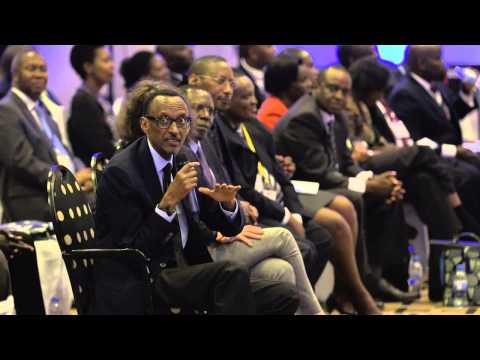IMF and World Bank chiefs may be meeting thousands of kilometres away from Africa, but the upcoming annual gathering in Washington is eliciting new calls to have piling debt addressed.
The two global lenders are key in funding budgetary deficits in most of East Africa. But this year’s annual meetings often known as Spring Meetings in Washington DC, are also coming amid the clamour for climate change funding and a need for cushioning efforts for the poor.
This week, lobbies including the African Sovereign Debt Justice Network (AfSDJN), the Pan-African Lawyers Union (PALU), the African Forum for Debt and Development (Afrodad) as well as Open Society for Southern Africa (OSISA), said the two lenders known as the Bretton-Woods institutions should increase concessional financing for climate action and urgent liquidity needs in African countries without piling more debt on them.
Across East Africa, economists are already warning that the growing debt levels could push regional economies into financial distress.
Past funding trend
“It is alarming, as past funding trends show, that the bulk of climate finance is channelled through loans, further increasing already high debt levels,” said Prof James Gathii of Afronomicslaw.org.
“Without adequate interventions on the loss and damage as well as adaptation fronts, African countries are likely to borrow approximately $1 trillion over the decade for their climate response,” Gathii said.
Despite being responsible for less than 4 percent of global greenhouse gas emissions, the continent is bearing the brunt of climate change according to a study carried out by AfSDJN. But Africa’s immediate problem is not climate change. It is about staying afloat while repaying debts.
The study showed that African countries in debt distress are also among the most climate-vulnerable countries on the continent.
“Climate-related disasters on the continent are shrinking the financial resources of countries. These losses are currently estimated at $7-15 billion a year and could potentially rise to $30 billion by 2030. From 2021 to 2030, Africa will require $280 billion for its adaptation and mitigation needs,” says AfSDJN in their study released ahead of Spring Meetings due from April 10.
“The generous gesture by some advanced economies to apportion their SDRs (special drawing rights) to developing countries through the IMF Resilience and Sustainability Trust (RST) to finance climate resilience falls far short of what African economies need.”
They argue that many of these countries continue to be burdened by fiscal consolidation or austerity in the loan programmes approved under the IMF RST so far.
“This is contrary to the call by civil society for the reallocation of SDRs in a debt and conditionality-free mode and undermines the human rights and development commitments of debtor countries,” the civil society groups argued in a joint bulletin.
SDRs are special claims to currency held by the IMF member countries for which they may exchange for actual money. Countries generally use them to address emergency fiscal shortages.
“It is imperative that debt relief be considered an option for the contributions of developed countries and in the same breath, contributions must be made by developed countries based on their contributions to GHG emissions,” said African Wildlife Foundation Global Leadership Vice President Fred Kumah.
Countries generally need enough forex reserves from which they can repay external debts.
Shilling’s depreciation
For instance, Kenya’s foreign exchange reserves are currently at a near 10-year low of $6.9 billion, equivalent to 3.88 months’ import cover. This is below the recommended minimum of four months import cover in the East African Community.
The forex reserves have been deteriorating partly due to repayments of the country’s debt to bilateral and commercial lenders, as well as the Central Bank of Kenya’s (CBK) intervention to slow down the shilling’s depreciation against the dollar.
The shilling has remained on a steady decline against the dollar, exchanging at KSh131.27 ($0.0075) on April 6, 2023.
However, the government is betting on debt inflows to boost its forex cover with concessional funding from the World Bank and the International Monetary Fund.
In fact, the country awaits the disbursement of $750 million from the World Bank by June as well as funds from the IMF’s 38-month facility of $2.4 billion under the Extended Credit Facility and Extended Fund Facility.


